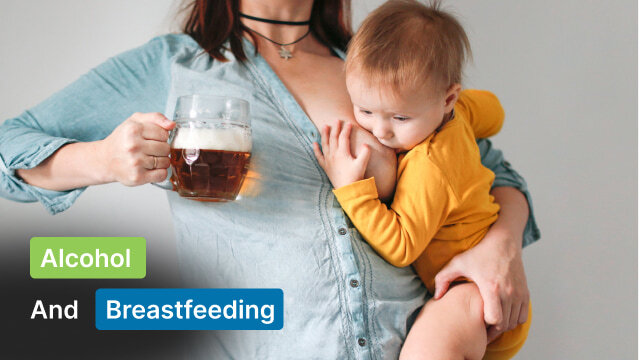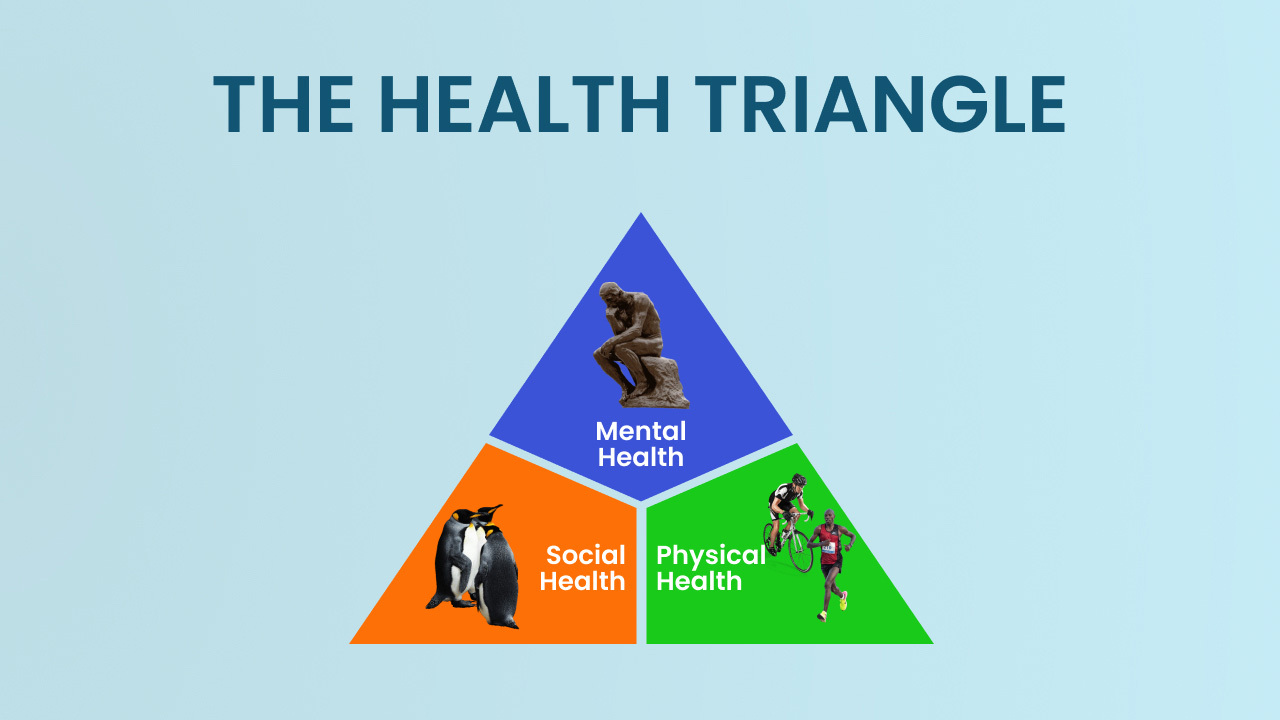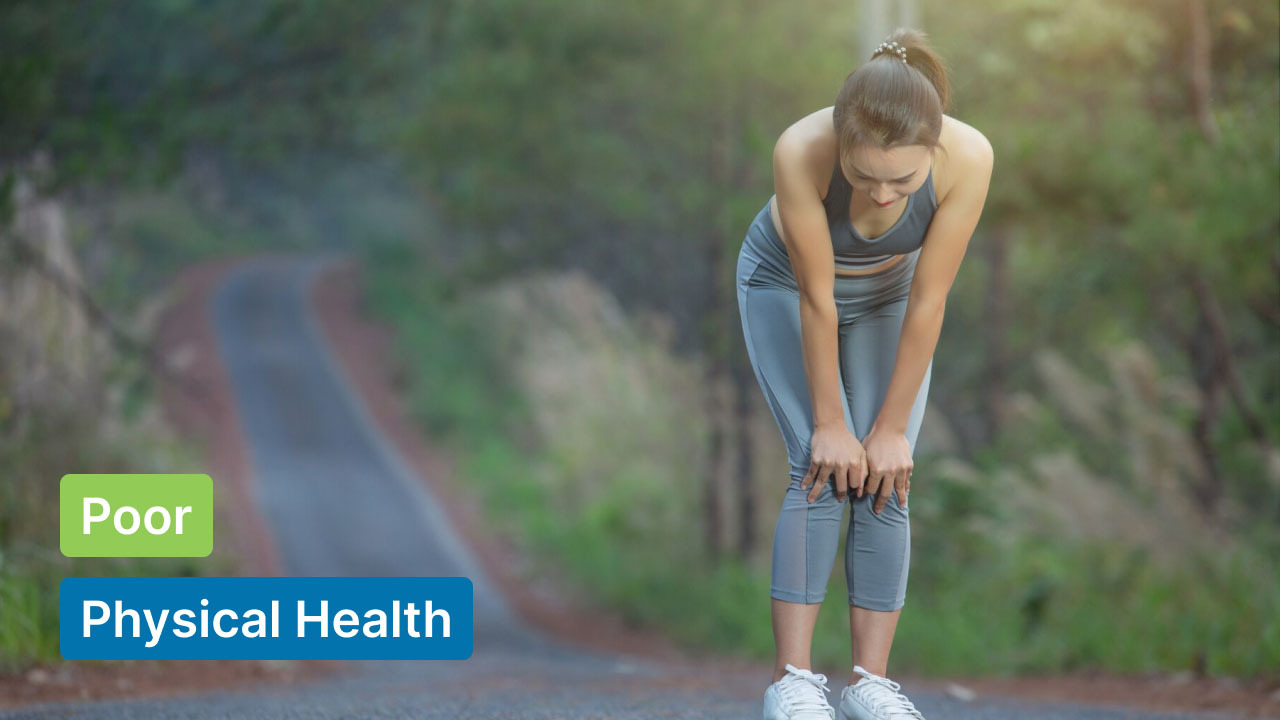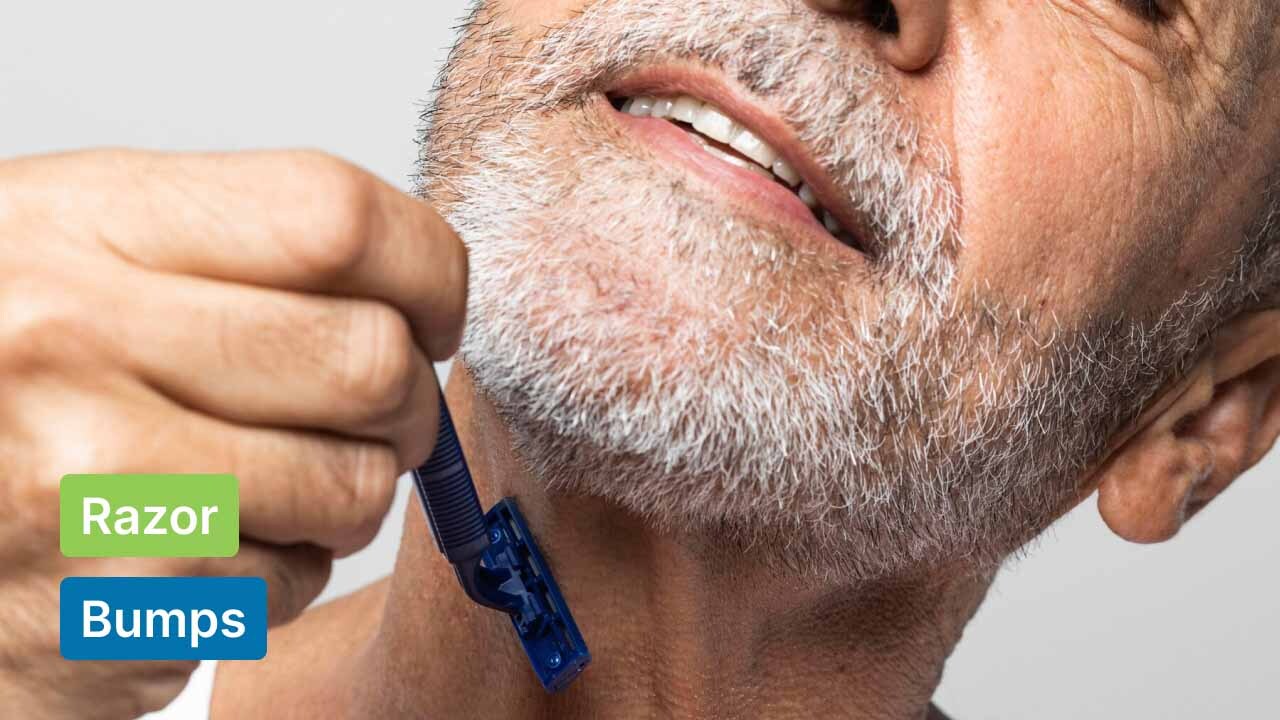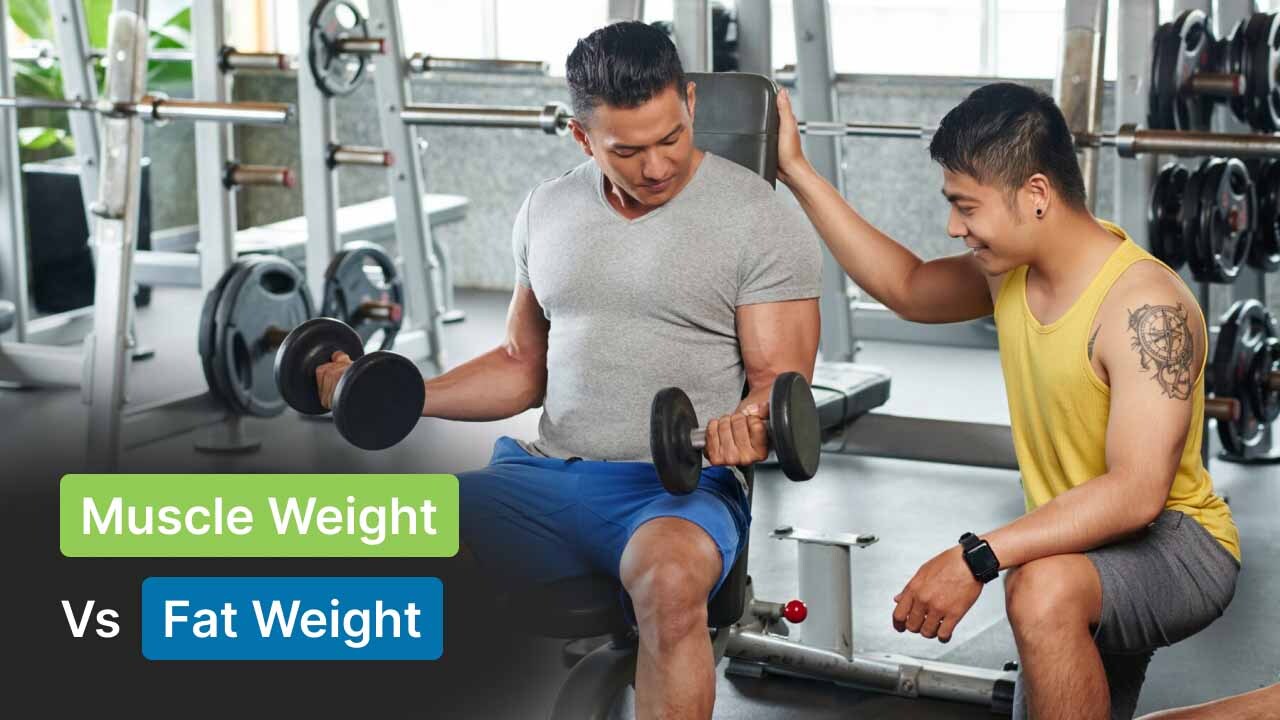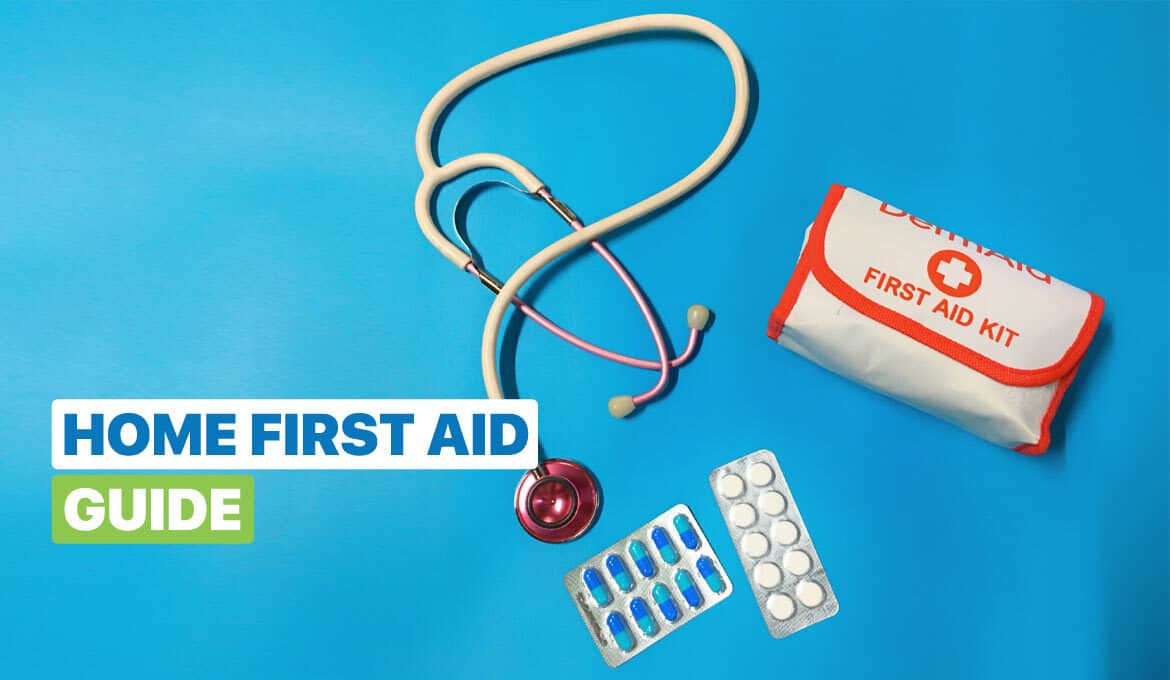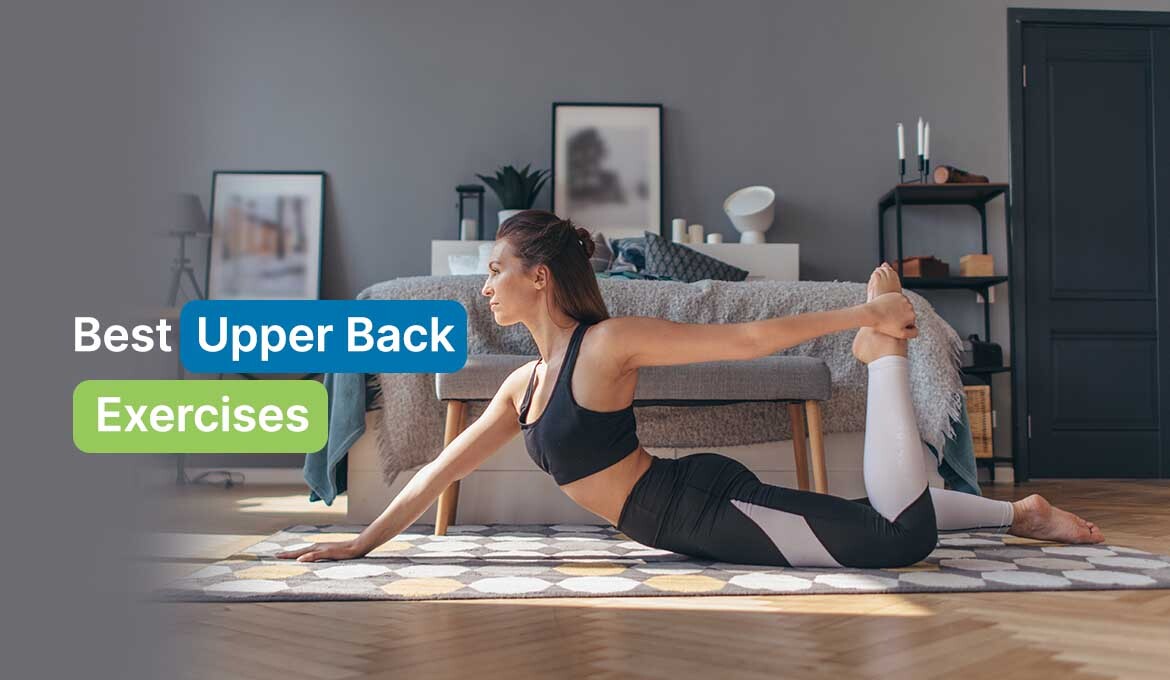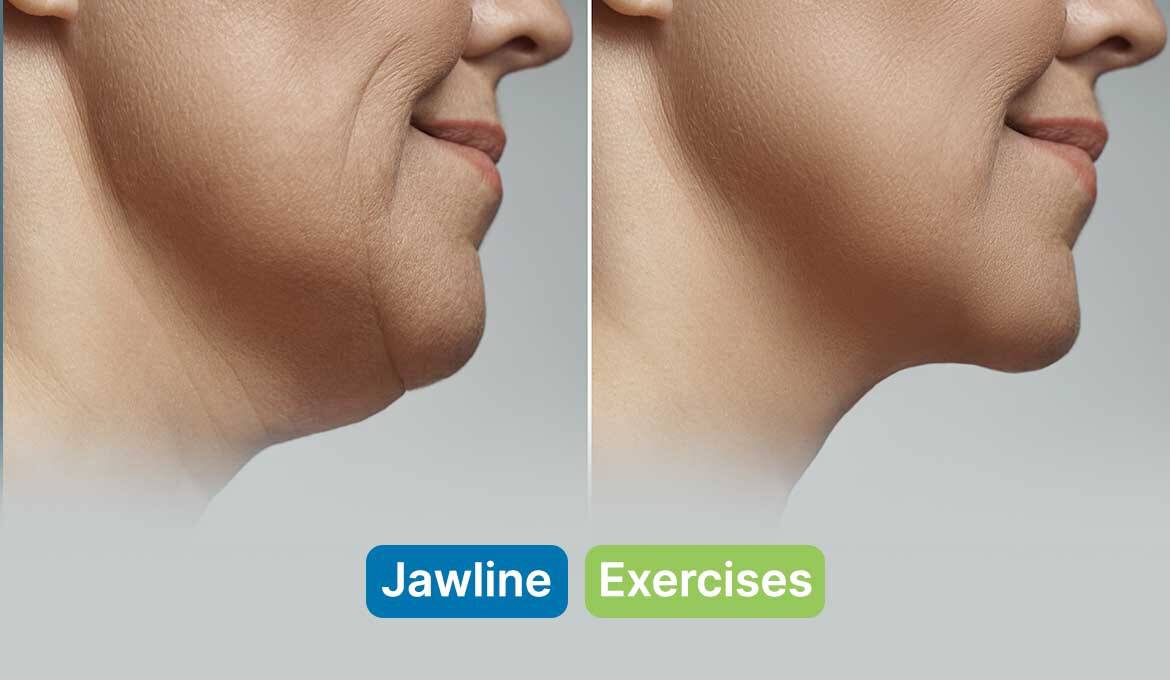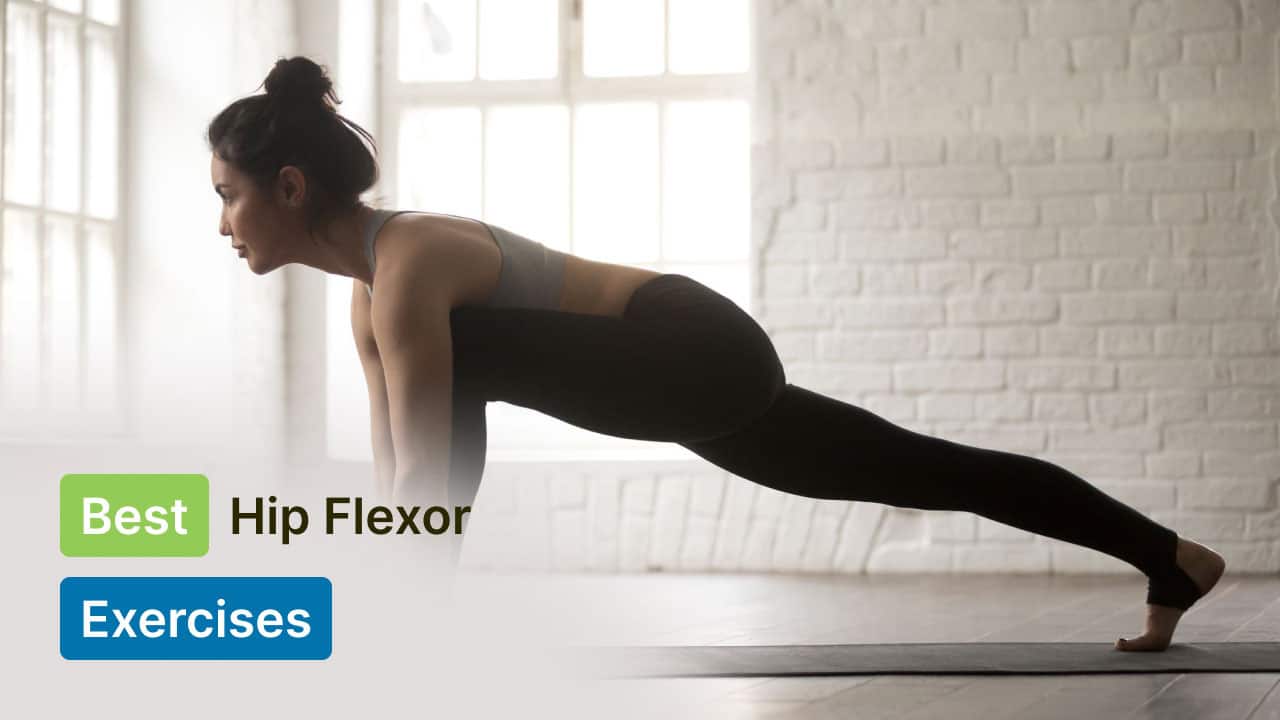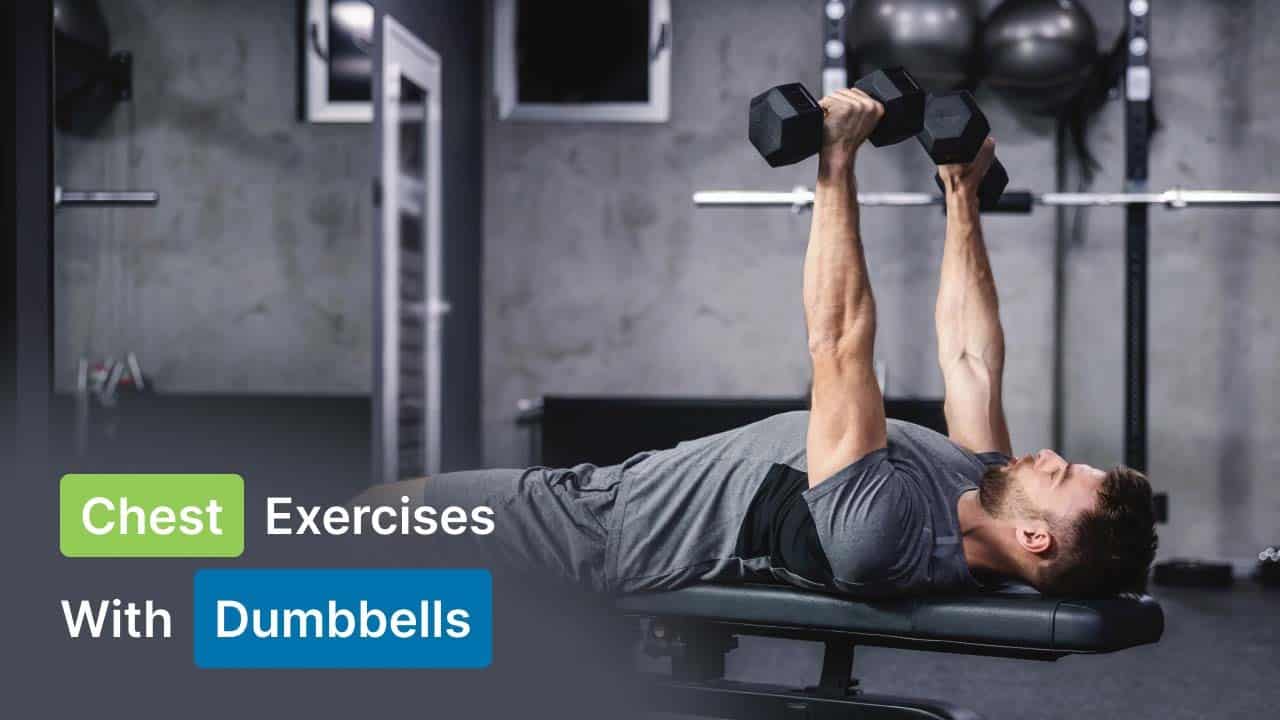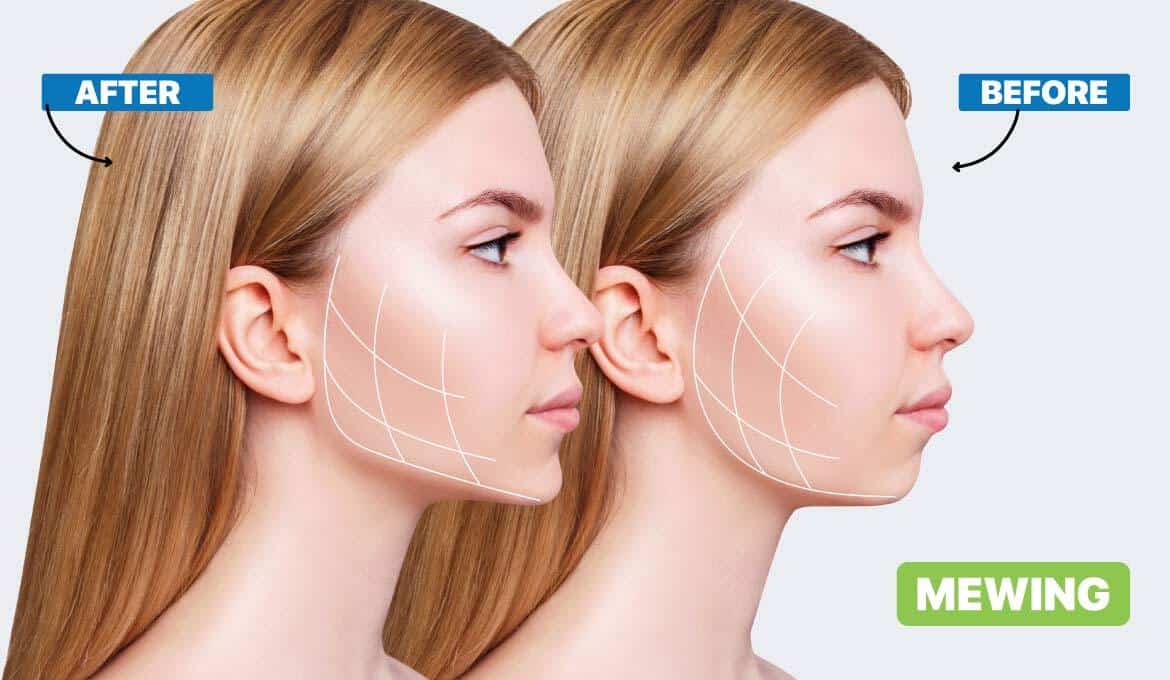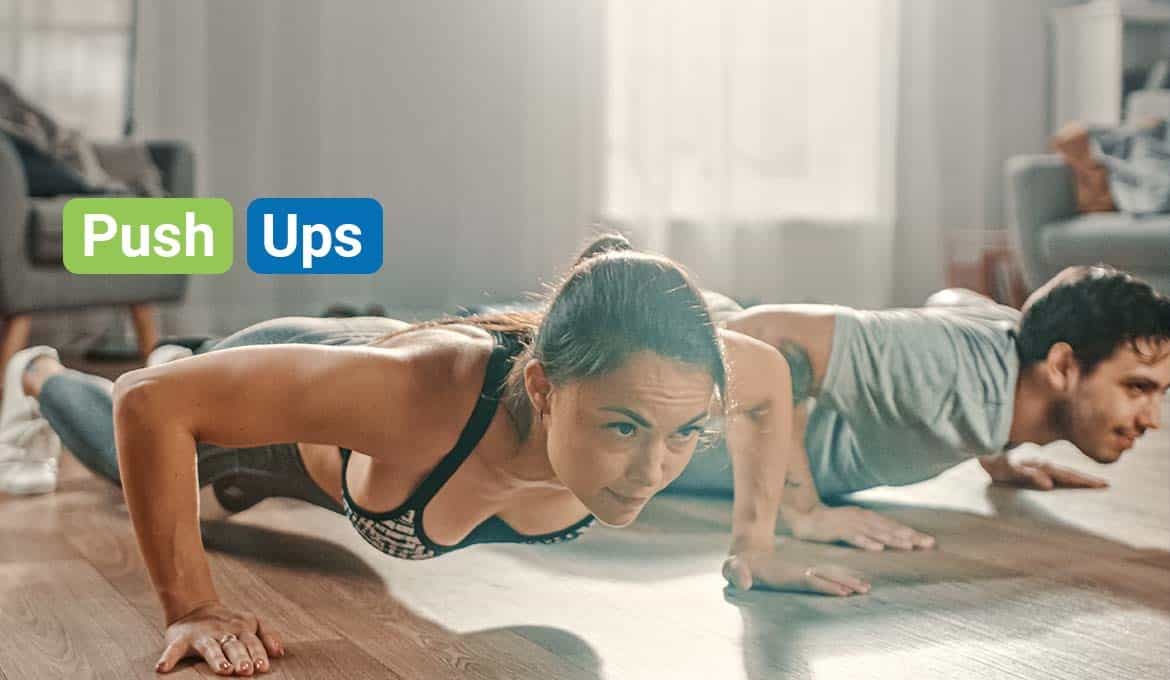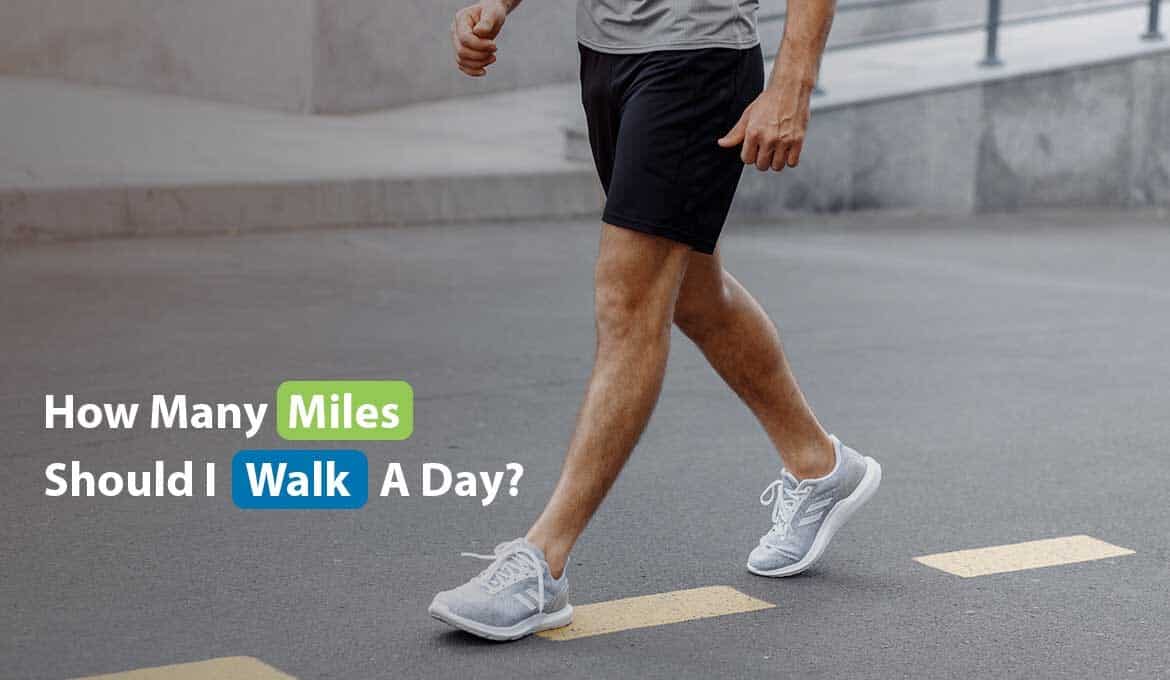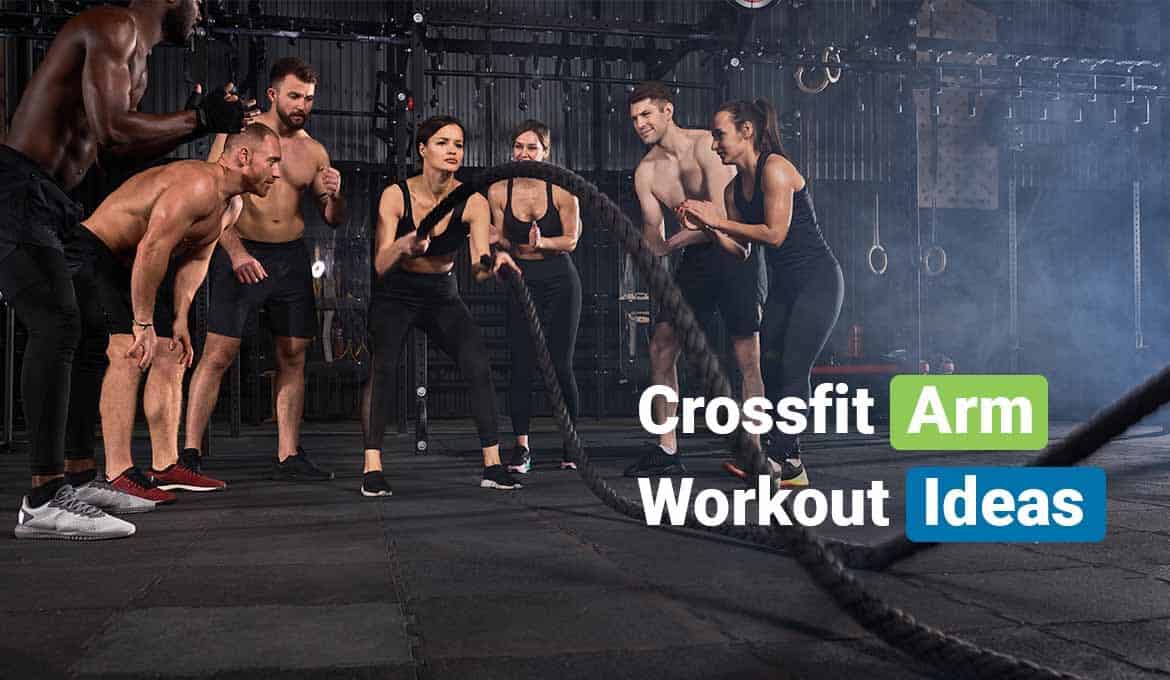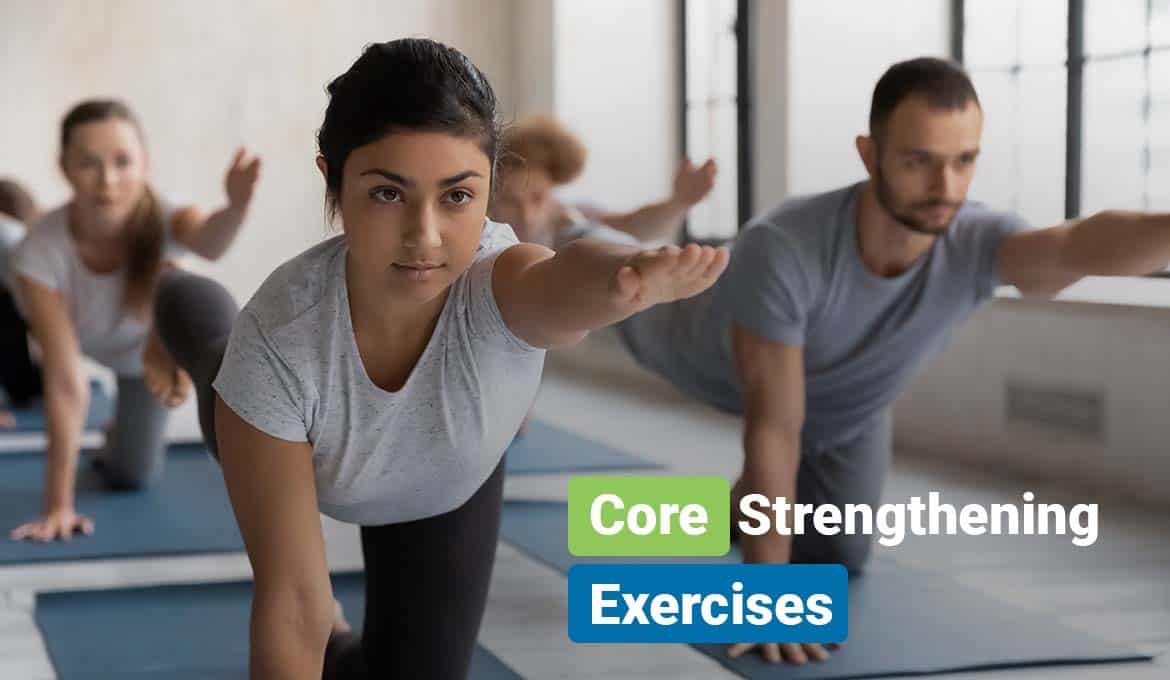
Have you ever heard of “Hip Hinge Movements?” We often do many exercises but ignore hip hinges, which are very important for a good physique and to activate overall body muscles, resulting in excellent physical fitness. In addition, performing these movements requires proper guidance to avoid injuries.
So, before knowing some of the best hip hinge exercises, this article breaks down what hip hinge is, why it is necessary, its functions, target muscles, and much more to prepare your joints and muscles for workouts. Read on!
What Are “Hip Hinge” Movements?
Hip hinges are easy to perform. These exercises are necessary for walking, running, jumping, or climbing, also called daily activities that focus on building up the posterior chain(lower back, glutes, and hamstrings).
The movement mainly focuses on the motion of the hips. The movements involve:
- Sitting on a chair.
- Climbing on stairs.
- Jumping, running, and walking.
In addition, they offer various benefits to the overall body, such as increasing muscle flexibility and mobility and strengthening and building lower back and spine muscles. So, adding these movements to your daily exercise is crucial for enhancing your muscles. Now, let's uncover some of its most valuable benefits.
Benefits Of Hip Hinge Movements
Hip hinge movements offer numerous benefits to your muscles and body. Some of these are mentioned below:
- Support core muscles: Hip hinge boosts the abdominals, improves concentration, stimulates core stability and strength, and maintains proper spine alignment with better flexion-extension and mobility to glutes, hamstrings, core, and lower back activation.
- Improve athletic performance: This is one of the best benefits of a hip hinge. Just by doing regular movements like jumping, one can benefit from athletic performance and functional strength.
- Spine-health: The other benefit is building and developing spinal muscles and supporting and maintaining proper alignment.
- Avoid injury: Another great benefit of hip hinge is that it avoids injuries that generally arise due to more involvement of the back and knee in exercises. These movements put less pressure on these muscles, hence avoiding injuries.
- Helps improve lower body strength: Hip hinge movements like deadlifts and Olympic lifts help people build stronger hamstrings, resulting in improved performance in any lower body.
Top 11 Effective Hip Hinge Exercises
Here are the 11 best hip hinge exercises. These exercises offer an incredible hip hinge workout targeting the entire body. Check them out with their proper implementation.
1. Kettlebell Swings
Kettlebell swings are the popular equipment used in hip hinges. They add mass to your glutes. To do this movement, stand with your feet shoulder-width apart and grab the kettlebell's handle from both hands. Push your hips back while allowing the kettlebell to swing forward and towards the ceiling when you bring your arms up and overhead.
2. Kettlebell Russian Twists
This hinge workout develops core strength through torso twists. To do this movement, sit on the floor with knees bent and feet down, holding the kettlebell on both hands. Now, lift your chest and squeeze your abs, push your torso back, and form a V-shape between your thighs and upper body by slightly pushing up your feet from the floor. Now, twist the torso and move to the left. Repeat the same for the right side.
3. Resistance Band Hinge
This versatile hip hinge movement adds strength to your training routine. To do this movement, stand straight against a wall with your feet shoulder apart, secure a resistance band against your hips, and push your hips towards the wall behind you until you feel resistance to your hips. This technique will enhance your hip mobility and strong muscle memory. You can even combine this band with kettlebell exercises.
4. Kettlebell Deadlifts
Kettlebell deadlift movement improves your hip mobility and strengthens the hip hinge. To do this movement, grab the kettlebell on both hands and stand with your feet apart while pushing your hips backward, which makes your glutes active. Now, move the kettlebell downwards just above the knees without letting your glutes move.
5. Barbell Hip Thrust
This exercise is done with a heavy barbell. To do this movement, first, focus on the body, then place a heavy barbell on a bench and sit on the floor. Start rolling the barbell over your hips while resting your arms against the bench. Now squeeze your glutes and push your feet into the ground until you feel full hip extension, and hold the position for some seconds.
6. Banded Kettlebell Romanian Deadlift
A kettlebell Romanian deadlift is done with the resistance band tied around the torso to build up the hamstrings and glutes. It requires little knee bending while pushing your hips forward while lifting the kettlebell, leading to greater hamstring engagement.
7. Over the Shoulder Banded Hip Hinge
This movement is beneficial to boost the posterior chain and other different muscle groups to increase their intensity and resistance. Just stand on the resistance band and pull it over your shoulder blades (not at the back of your neck). Keep the resistance band between your thumb and forefinger, which makes your core more engaged, and drag it.
8. Hip Thrust Movement
This exercise aims to help gluteus muscles and improve your lower body strength. To do this movement, lie on your back on a high surface while placing weight horizontally across your hips. Now, raise your torso using your glutes to align your hips with the shoulders and knees. Now, put weight on the feet, squeeze your glutes, start the upward movement, and achieve full hip extension. Repeat the same for the downward motion.
9. Barbell Good Morning
It is another powerlifting exercise which requires proper training. To do this movement, grab the barbell in both hands at chest height, squeeze your shoulder blades, and position your feet parallel while maintaining the neutral position of the torso. When you remove the barbell, make your feet back that are shoulder-width apart.
10. Camel Bridge
Camel bridge stretches your hips and relieves you from the pain in your lower back, glute, thigh, and full body. Sit on your knees and broaden your shoulders and legs, pointing your feet behind. Then, sit on your heels and place your palms on heels. Now, push forward to arch your body to create a hump like a camel.
11. Glute Bridge
The Glute bridge is just like the hip thrust. To increase the difficulty, you can use a knee band. Like hip thrust, make sure to raise hips, shoulders, and knees to make a straight line. It is about raising hips, engaging glutes, and squeezing abs.
What Are The Hip Hinge Movements Targeted Muscles?
To build more muscle, include hip hinge movements into your routine. The hip hinge targeted muscles are the posterior chain muscles, but they strengthen overall body muscles. Posterior chain muscles work together while avoiding injuries and maintaining correct spinal alignment. The targeted muscles of the hip hinge include lower back muscles, hamstrings, and gluteus maximus muscles. However, there are also other muscles that hip hinge movements work on, such as hip flexors, erector spinae, quadriceps, latissimus dorsi, adductors, and core muscles.
Why Is Training Required For Hip Hinge Movements?
Hip hinge exercises seem to be complex. So, before exercising, it is essential to acquire proper training in the hip hinge to avoid any injuries as it involves heavy weights, which can harm any body part. To become a master in it, you need to go through a series of controlled movements because some hinge movements can cause severe damage if training is improper.
So, to perform movements like deadlifts, reverse flies, and bent-over rows, you can consider hiring an experienced trainer and practice your training safely and effectively under his guidance. They will guide you with the proper technique and help you in making the correct posture for your hip hinge workout.
Why Warmup Is Important Before Hip Hinge Exercises?
Exercise works magic to keep you motivated and young and increase your strength and stability. Hinge exercises also improve your posture by mobilizing your hip muscles and spine. However, a warmup is necessary before hinge movement exercises such as lifting weights. Also, if you are a beginner and have joined any fitness club, you must warm up and perform other exercises.
Initially, these exercises can be uncomfortable and painful, so do not tolerate more stretch and weight beyond flexibility and strength. However, these techniques can benefit your spinal health and strength.
How Do You Fit Hip Hinge In Your Daily Workout Routine?
Hip hinge movements, when done regularly, offer many beneficial and effective results like strength and flexibility. These movements can be included with your regular full-body or leg workout. Also, rest your legs while doing hip thrusts, such as squats and deadlifts. So remember to always perform warm-up movements like cardio, mild yoga, or stretching workouts for 15-20 minutes before starting heavy workouts.
Final Words
Hip hinge movements are daily activities that involve hip motions, offering versatile benefits for your overall fitness. Above, we have mentioned some of the best hinge exercises that can be performed at home or the gym. Performing the hip hinge increases benefits in many ways, such as strengthening muscles, increasing mobility, and reducing the risk of injury related to the lower back and hips.
You will notice muscular development in your body using these different techniques. You might feel pain in the starting, but in the end, they will give you surprising results. To avoid such discomfort, you should keep yourself hydrated, perform some stretching, roll out, and not over-exercise.
FAQs
1. How to enhance hip hinge movement?
Ans: To enhance hip hinge movement, practice deadlifts, hip thrusts, squats, and jumps to strengthen posterior chain muscles.
2. Are hip hinge exercises essential?
Ans: The hip hinge is a movement rather than exercise, a fundamental movement necessary for strength, overall potential, and injury protection.
3. Does the hip hinge extend the glutes?
Ans: Training your hips with full-strength movements like hip hinges throughout the week will grow the glutes simultaneously.
Also Read















